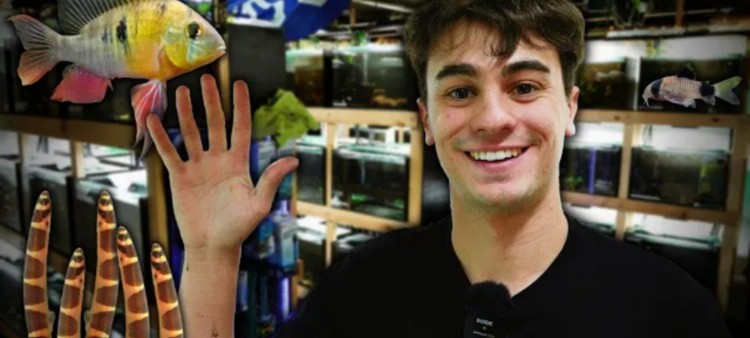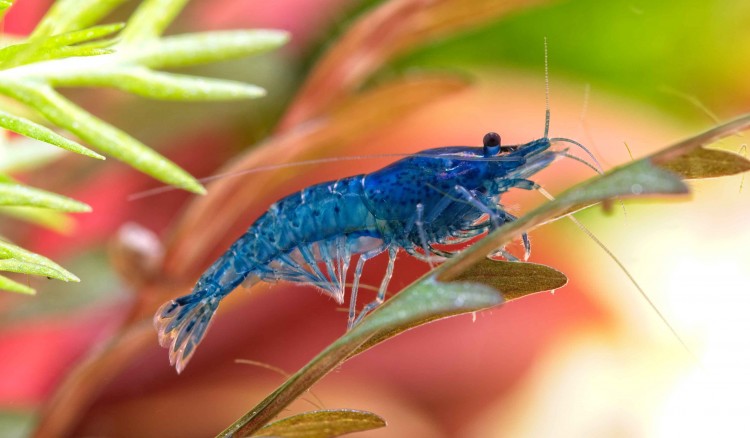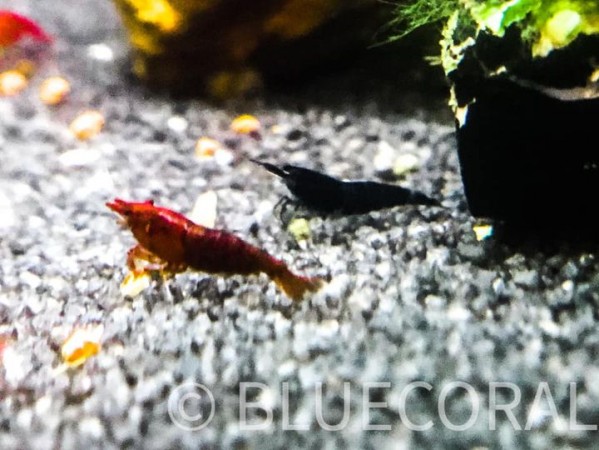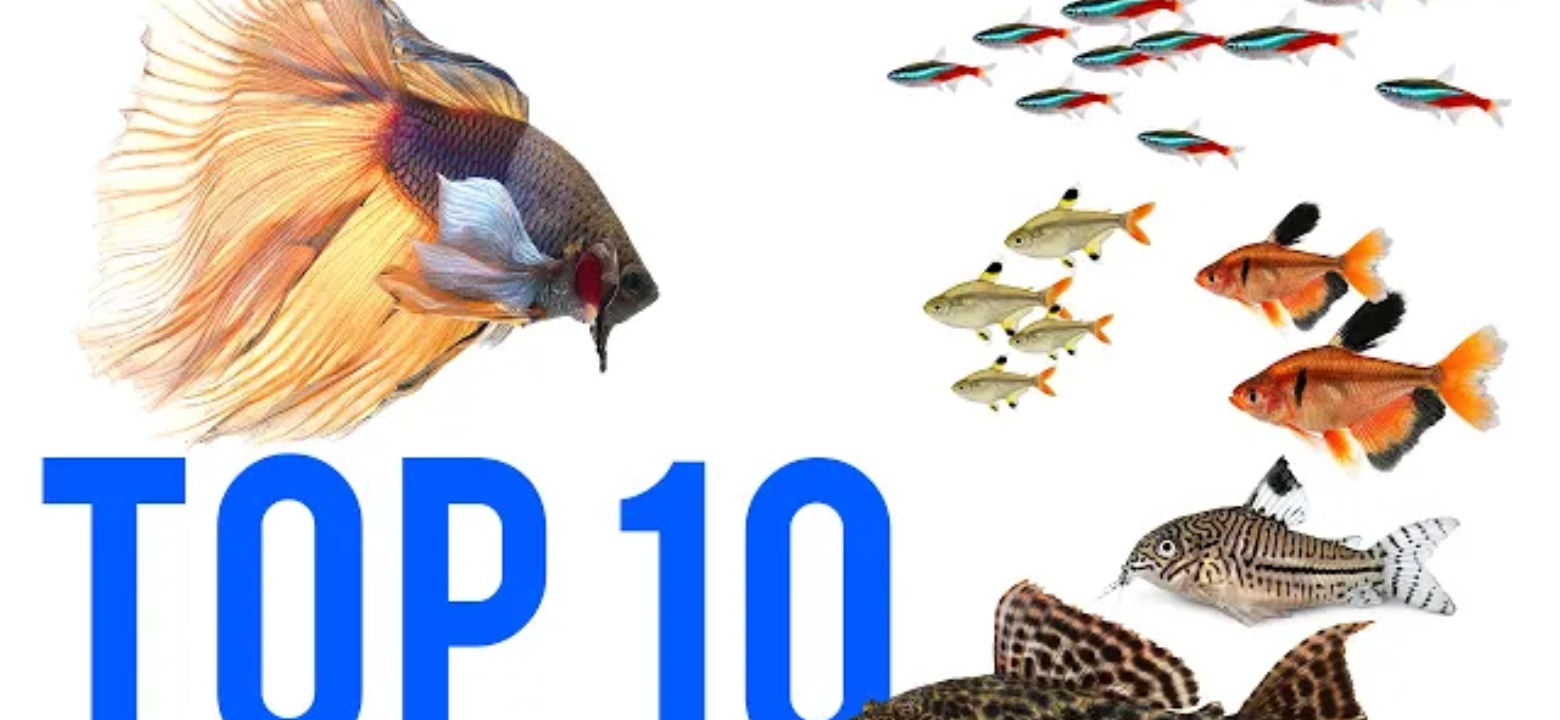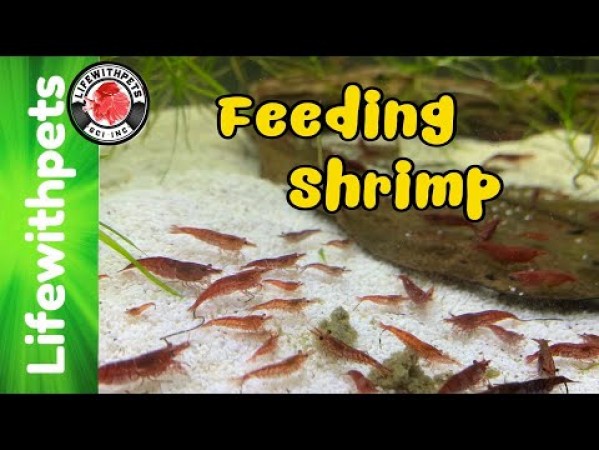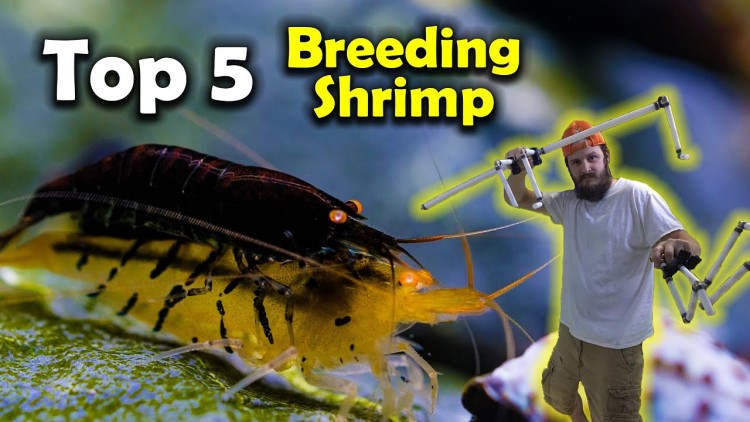- Name:
Snapping Shrimp
(View AKA's) - Family: Alpheidae
- Species: Shrimp
- Scientific Name: Alpheus sp
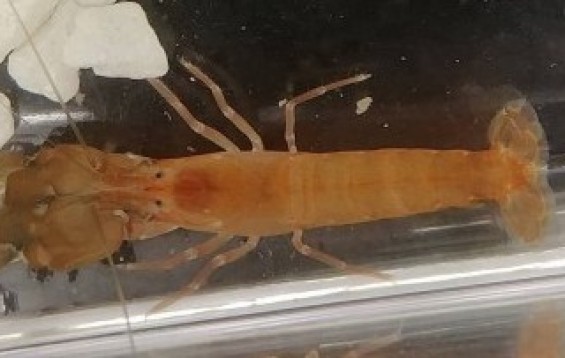

More Details
General info about Snapping Shrimp
The Snapping Shrimp is found in a variety of colors and sizes. Snapping Shrimp are not easily sexed, but the males of many species are thought to have a larger pincher. The sound it makes comes from an appendage on the pincher which moves when the pincher is opened or closed and water is ejected. The Snapping Shrimp can be easily confused with Mantis Shrimp if judged by sound only. Unlike the Mantis Shrimp, it is not harmful and will not pose any threat in the tank, with the possible exception of smaller shrimp. The name Symbiotic Shrimp comes from the equally beneficial relationship the Snapping Shrimp has with gobies (e.g.;Amblyeleotris or Stonogobiops). The goby, with better eyesight, warns the shrimp of predators. The shrimp share its food with the goby. Depending upon the species, Snapping Shrimp may also have symbiotic relationships with sponges, corals, or anemones. It is beneficial to the tank as it churns the sand. It thrives in environments with sand, rock caves, and dim light. If in pairs, one will often stand guard at the burrow while the other is inside. The Snapping Shrimp is intolerant of copper or high nitrate levels, but needs a correct level of iodine in the water to promote proper molting.
Relevent Articles
Original Detail
| Name | Species | Family | Scientific Name | More Detail | Added by |
|---|---|---|---|---|---|
| Snapping Shrimp | Shrimp | Alpheidae | Alpheus sp | The Snapping Shrimp is found in a variety of colors and sizes. Snapping Shrimp are not easily sexed, but the males of many species are thought to have a larger pincher. The sound it makes comes from an appendage on the pincher which moves when the pincher is opened or closed and water is ejected. The Snapping Shrimp can be easily confused with Mantis Shrimp if judged by sound only. Unlike the Mantis Shrimp, it is not harmful and will not pose any threat in the tank, with the possible exception of smaller shrimp. The name Symbiotic Shrimp comes from the equally beneficial relationship the Snapping Shrimp has with gobies (e.g.;Amblyeleotris or Stonogobiops). The goby, with better eyesight, warns the shrimp of predators. The shrimp share its food with the goby. Depending upon the species, Snapping Shrimp may also have symbiotic relationships with sponges, corals, or anemones. It is beneficial to the tank as it churns the sand. It thrives in environments with sand, rock caves, and dim light. If in pairs, one will often stand guard at the burrow while the other is inside. The Snapping Shrimp is intolerant of copper or high nitrate levels, but needs a correct level of iodine in the water to promote proper molting. | PalaciosAn |
Changed by users
| Submitted Date | Submitted By | Status | Action |
|---|


